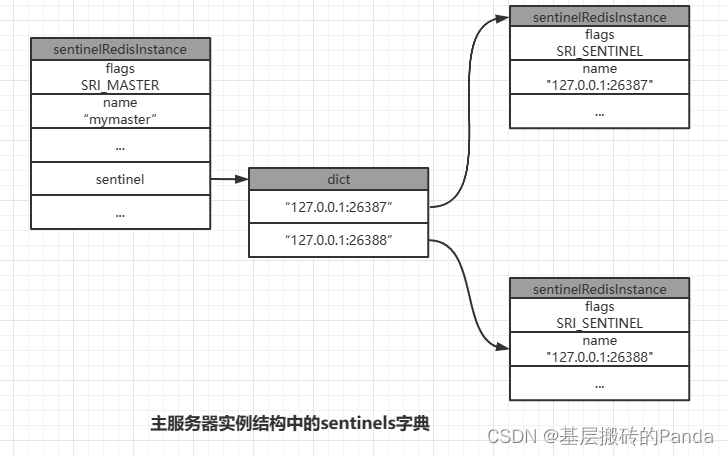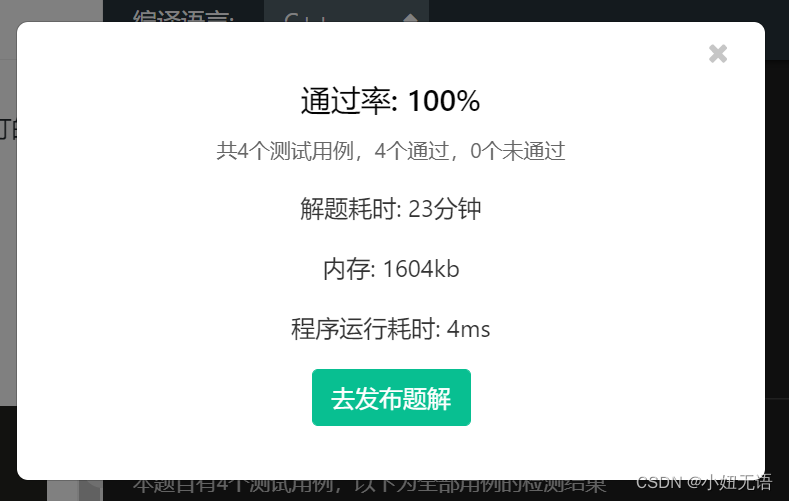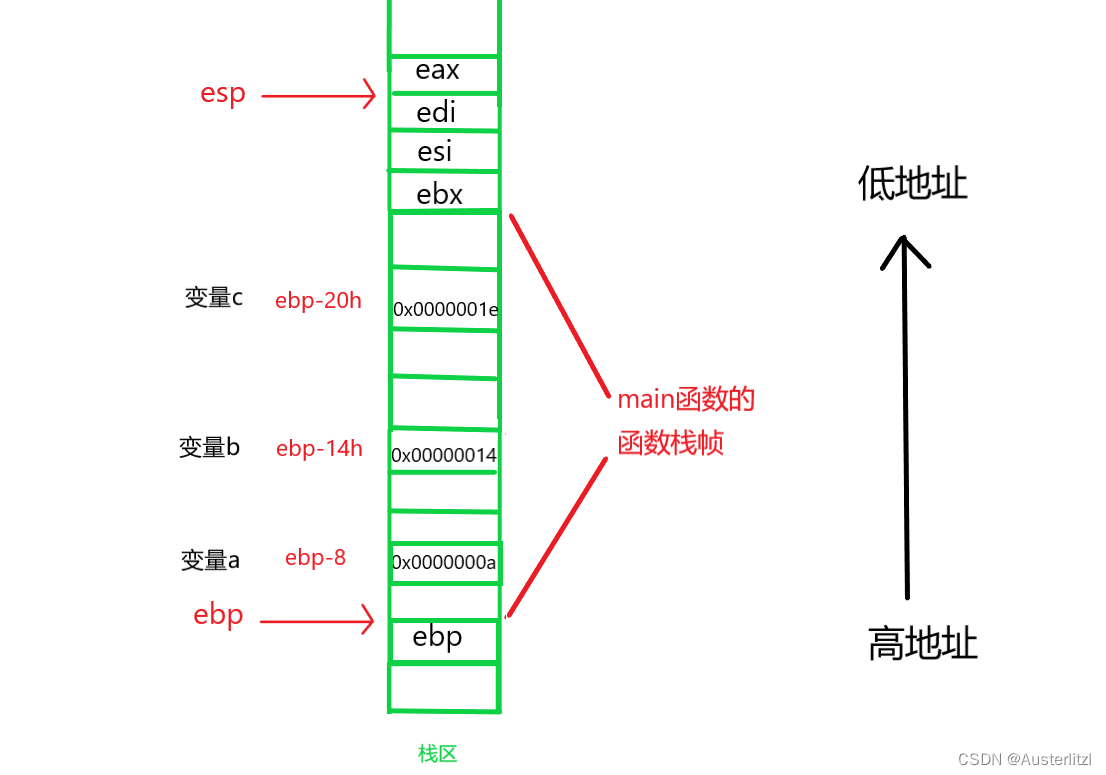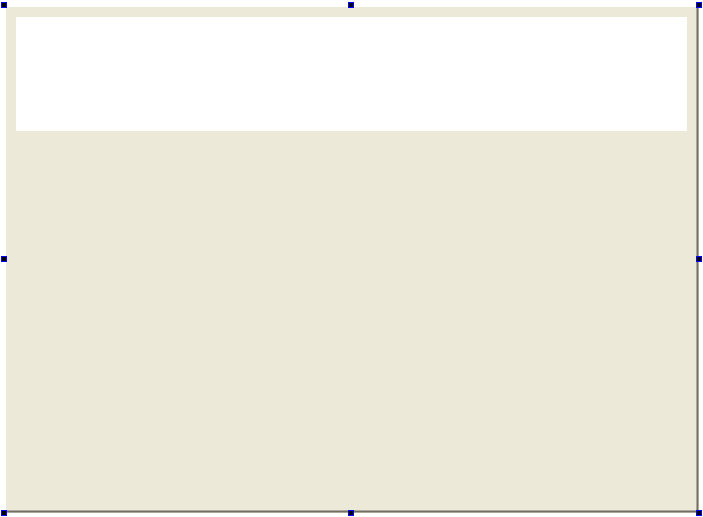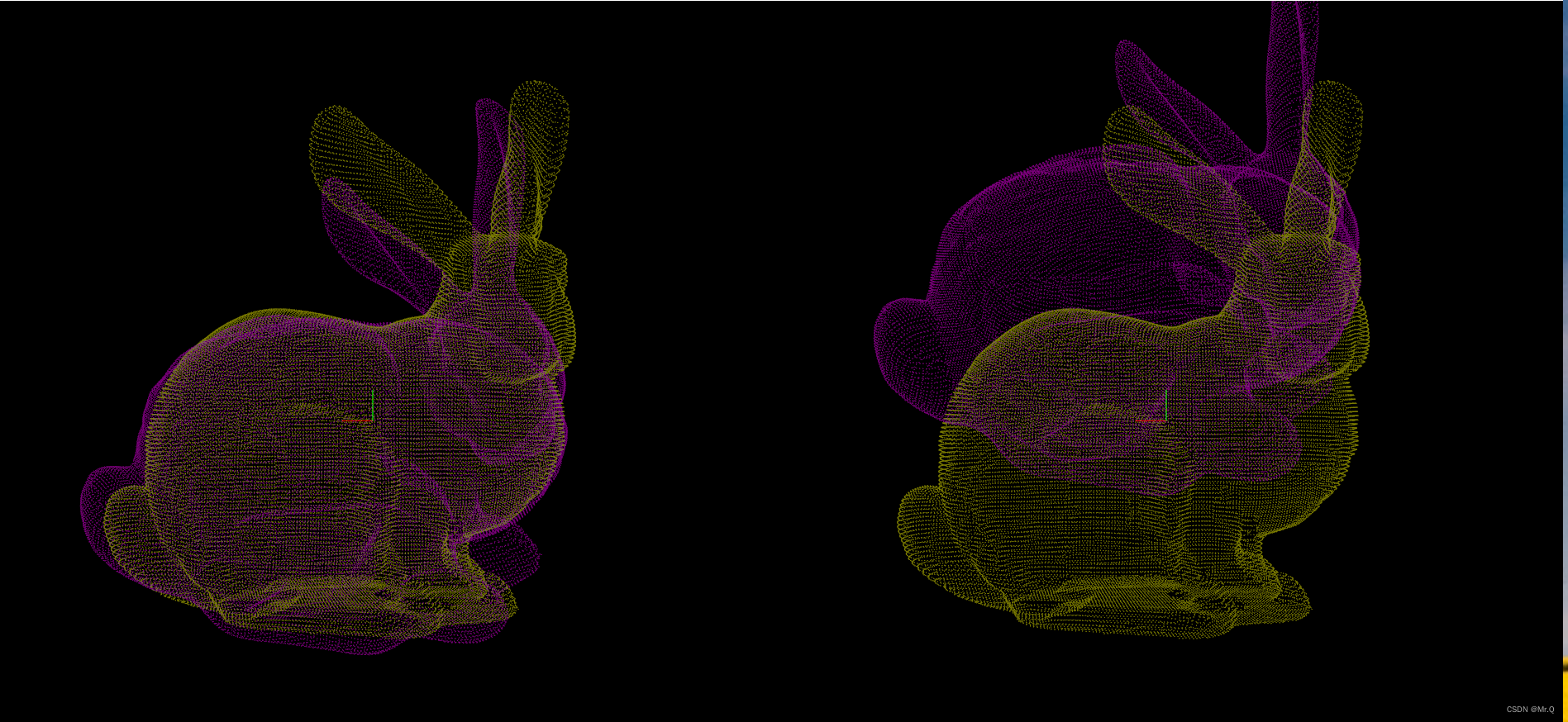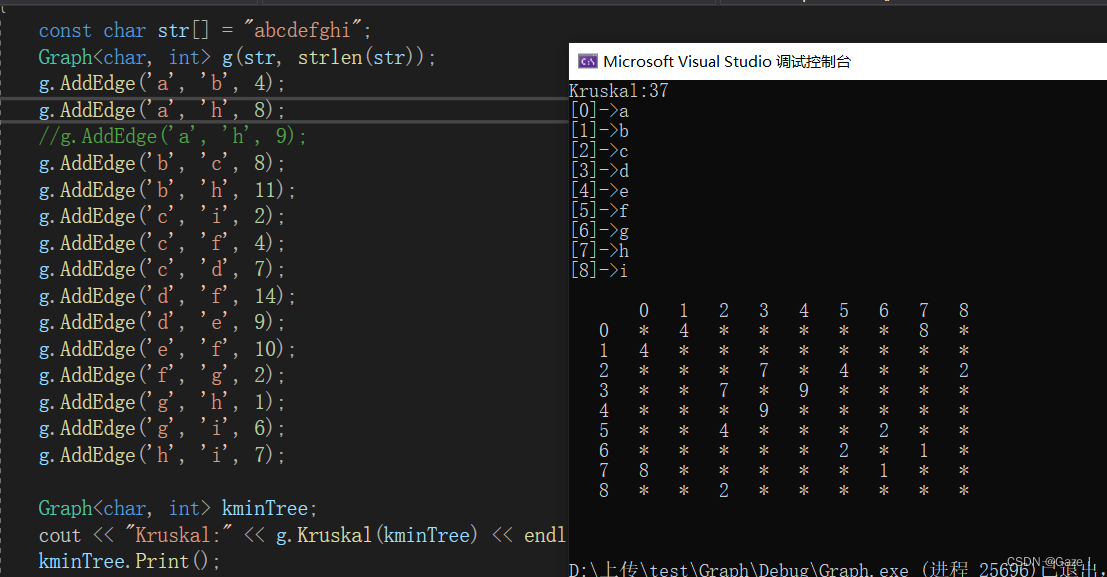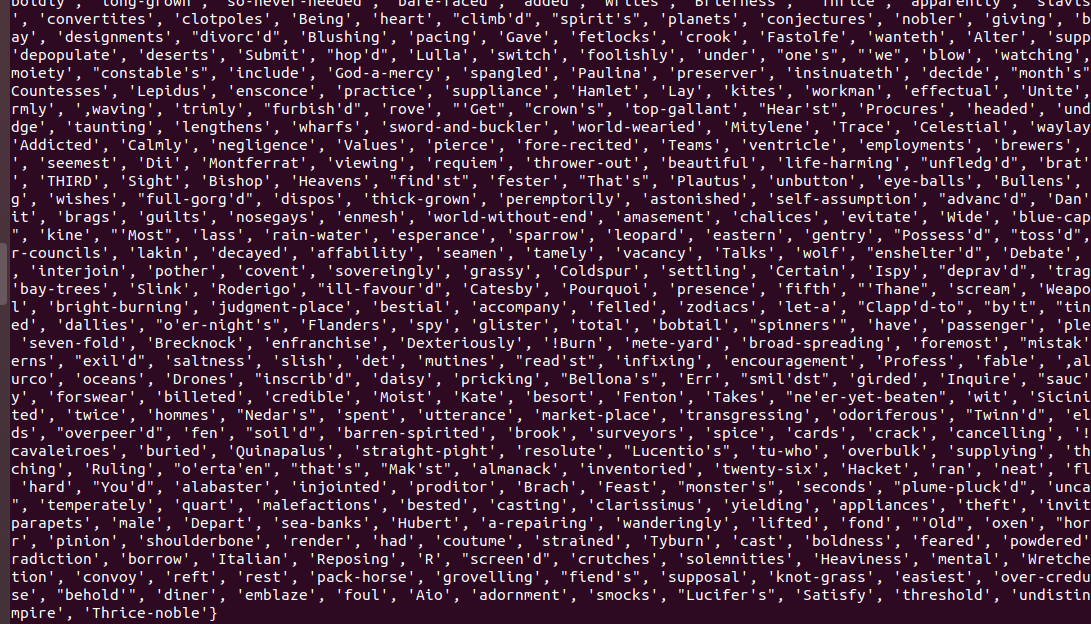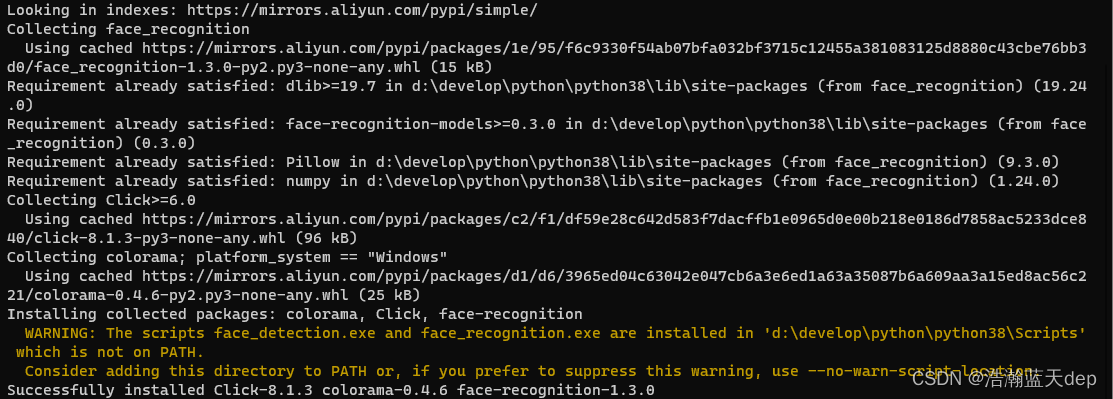目录
一、栈
二、Java中的集合类之Stack
1、介绍
2、构造方法
3、常用方法
1.push
2.pop
3.peek
4.search
5.empty
三、实现Stack
1、准备字段
2、实现判空
3、实现压栈
4、实现出栈
5、实现获取栈尾元素
6、指定元素到栈顶的距离
一、栈
栈(stack)是一种比较简单的数据结构,他插入数据或者删除数据都是只删除末尾的元素,也就是先进后厨。对于栈来说,尾端称为栈顶(top),头端称为栈低(bottom)。不含元素称为空栈。虽然他是一种比较简单的数据结构但是在某些场景下非常适用。
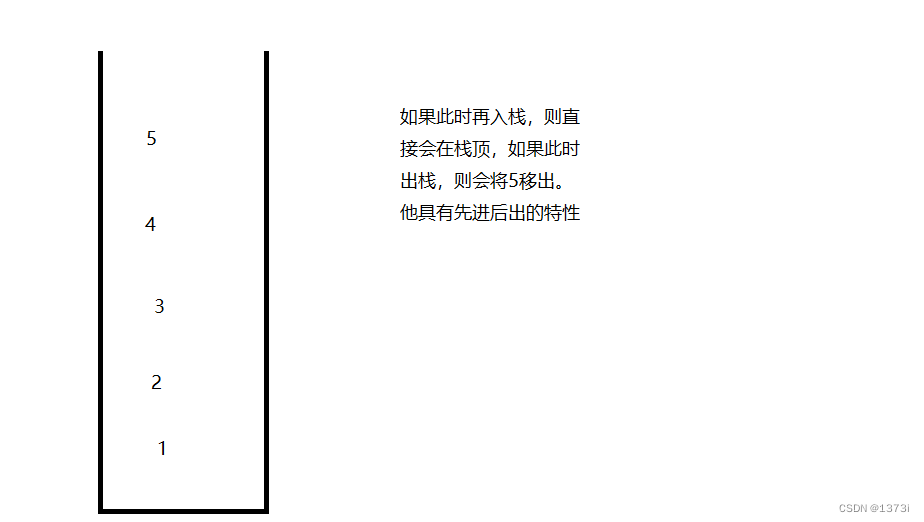
二、Java中的集合类之Stack
1、介绍
在Java里,基于栈这个数据结构就有了Stack这一集合类,底层是基于数组实现。我们在使用栈这个数据结构时,不单单可以使用Stack这一集合类,还有LinkedList等

2、构造方法
在Stack里只有一个无参构造方法

3、常用方法

1.push
压栈方法,将元素压入栈中也就是放在末尾
public class Use {
public static void main(String[] args) {
Stack<Integer> stack = new Stack<>();
stack.push(1);
stack.push(2);
stack.push(3);
System.out.println(stack);
}
}
2.pop
出栈方法,将末尾的元素从栈里面拿出
public class Use {
public static void main(String[] args) {
Stack<Integer> stack = new Stack<>();
stack.push(1);
stack.push(2);
stack.push(3);
System.out.println(stack);
int val = stack.pop();
System.out.println(val);
System.out.println(stack);
}
}
3.peek
获取栈尾元素方法,获取栈当前末尾的元素,但是不弹出元素
public class Use {
public static void main(String[] args) {
Stack<Integer> stack = new Stack<>();
stack.push(1);
stack.push(2);
stack.push(3);
System.out.println(stack);
int val = stack.peek();
System.out.println(val);
System.out.println(stack);
}
}

4.search
指定元素距离栈顶的距离,不存在则返回-1
public class Use {
public static void main(String[] args) {
Stack<Integer> stack = new Stack<>();
stack.push(1);
stack.push(2);
stack.push(3);
System.out.println(stack);
int val = stack.search(3);
System.out.println(val);
}
}

5.empty
判断当前栈是否为空,空返回真非空返回假
public class Use {
public static void main(String[] args) {
Stack<Integer> stack = new Stack<>();
stack.push(1);
stack.push(2);
stack.push(3);
System.out.println(stack);
int val = stack.search(3);
System.out.println(val);
boolean isEmpty = stack.empty();
System.out.println(isEmpty);
}
}

三、实现Stack
1、准备字段
使用数组模拟实现
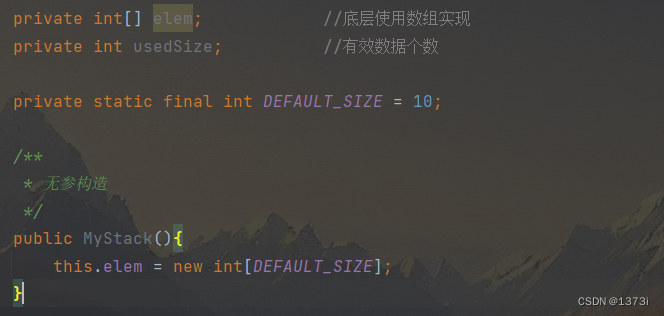
2、实现判空
如果有效元素个数为0则栈为空
/**
* 判断栈是否为空
* @return
*/
public boolean empty(){
return usedSize == 0;
}3、实现压栈
将新增数据存入栈尾
/**
* 压栈操作
* @param data 数据
*/
public void push(int data){
//1.判断是否已满,如果满就扩容
if(elem.length == usedSize){
elem = Arrays.copyOf(elem,2 * elem.length);
}
//2.插入数据
elem[usedSize] = data;
usedSize++;
}4、实现出栈
/**
* 出栈操作
* @return 栈尾元素
*/
public int pop(){
//1.如果栈为空就抛出异常
if(empty()){
throw new EmptyStackException();
}
//2.不为空时正常出栈
int val = elem[usedSize - 1];
usedSize--;
return val;
}5、实现获取栈尾元素
/**
* 获取栈顶元素
* @return
*/
public int peek(){
//1.如果为空则抛出异常
if(empty()){
throw new EmptyStackException();
}
//2.不为空正常获取
return elem[usedSize - 1];
}6、指定元素到栈顶的距离
此处如果栈空或者没有这个元素则返回-1
/**
* 指定元素到栈顶的距离
* @param i
* @return
*/
public int search(int i){
//1.找到指定元素返回距离
for (int j = 0; j < usedSize; j++) {
if(elem[j] == i){
return usedSize - i;
}
}
//2,没有找到返回-1
return -1;
}